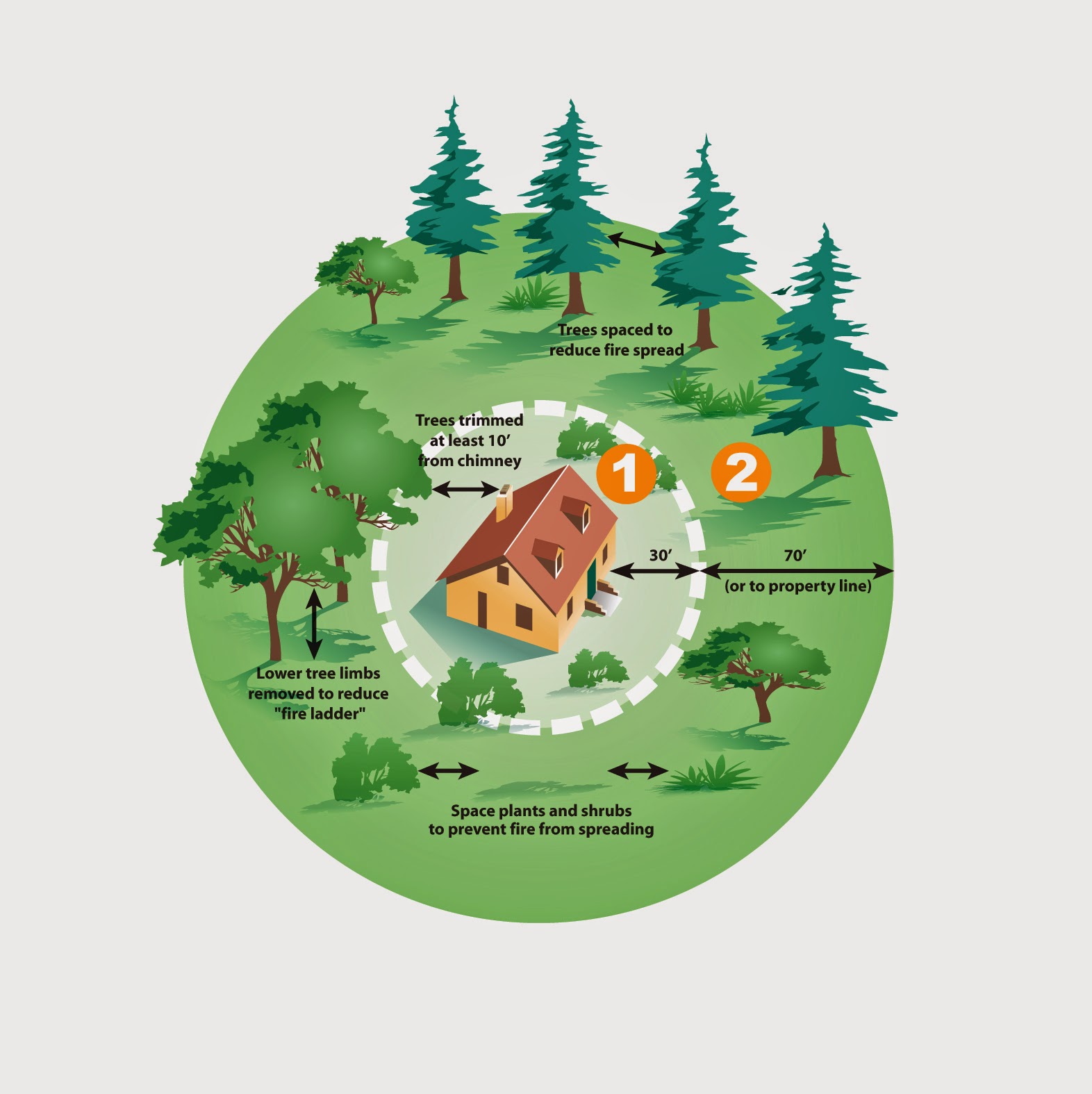Friday, December 30, 2022
Thursday, December 22, 2022
Norfolk Island Pine by Nancy Shepard
 |
| Norfolk Island Pine, Getty Images |
Norfolk Island pines are popular during the holiday season and while sometimes used as a substitute for a Christmas tree, they are not really true pines. While my childhood home in San Diego, CA has a huge 20-foot one in the backyard, here in Colorado and other colder zones they are treated like a houseplant.
Native to an island off the coast of Australia and New Zealand, Norfolk Island pines (Araucaria heterophylla) are actually not pines at all. They're a tropical plant that loves the balmy weather of the South Pacific. The Norfolk Island Pine thrives when it has conditions similar to what it would find on its home island, which means lots of bright indirect light, high humidity, and routine watering. In warm climates, the outdoor plant can reach more than 100 feet tall! Of course, when you keep them in your home, they top out around 6-feet-tall, making them a reasonably-sized tabletop or floor plant for any bright room in your house.
When it comes to decorating your Norfolk pine for the holidays, stick with lightweight Christmas decorations that won’t weigh down their slender branches. Lights are fine, too, but use LEDs, which don’t generate as much heat as traditional incandescent bulbs. After the holidays, remove the decorations and enjoy this handsome houseplant throughout the year!
High humidity is a must for the Norfolk Pine to thrive. When the humidity is not up to the Araucaria heterophylla's standards, the tips of the branches may become brown and dry. This is a houseplant that will definitely benefit from a pebble tray or placement near a humidifier.
Norfolk Island pines need at least two hours of bright, indirect sunlight daily to maintain their bright green foliage color. To ensure symmetrical, upright growth, rotate the plant weekly to keep it from permanently bending toward the light source. Temperatures of 60-72°F during the day and slightly cooler at night are optimum.
Brown branches at the bottom of the tree are normal, especially as the tree grows taller, and can be removed. Any brown branches throughout the rest of the tree are an indication that the humidity is low, or the plant needs more consistent watering.
It is possible to propagate Norfolk Island Pines from cuttings, but only cuttings taken from a terminal lead will grow in the symmetrical form that these trees are known for. Also note, that new growth will not emerge from an area that is trimmed.
Sources:
https://planttalk.colostate.edu/topics/houseplants/1321-norfolk-island-pine/
https://www.thespruce.com/grow-norfolk-island-pine-indoors-1902627
https://extension.psu.edu/norfolk-island-pines
Thursday, December 8, 2022
Do’s and Don’ts of Having a Live Christmas Tree
Luan Aikin and certified arborist Mike Landers share the do's and don'ts of having a live Christmas tree including how to bring it into the house for a brief time during the holidays and then successfully planting it. See video link below. (Originally recorded in 2012.)
https://youtu.be/-YFJTi1cdq8
Thursday, December 1, 2022
Amaryllis Bulbs for the Holidays by Vicky Spelman
Amaryllis, freesia, and paperwhite narcissus are three bulbs that don’t need to go through a chilling process to bloom. When growing amaryllis from bulbs, select large and healthy bulbs – the larger bulbs will produce more stalks and larger blooms. The bulbs should be firm and dry with no signs of mold, decay or injury.
Plant the amaryllis bulbs in containers that have a hole for drainage and are deep enough to allow for good root development. Select a container that has a diameter about 1-2 inches larger than that of the bulb. This may seem small, but amaryllis bulbs prefer a smaller container. Select a potting medium that has a high organic matter and drains well. The bulb should be planted so that one half of the bulb is above the surface of the potting medium.
 |
| Courtesy Cornell Cooperative Extension |
You can also grow the amaryllis bulbs in just water. Choose a vase – not too big around, and around 6 (+/-) inches tall, or you can get a vase especially designed for bulbs. Add pebbles (or glass marbles, etc.) not only for decoration, but to help stabilize the bulb. Trim off any dead roots, place in vase and slowly add your decorative rock. You don’t want your bulb actually touching/sitting in the water. Water as needed.
https://tinyurl.com/amaryllis-in-water
Fun Fact... To keep the stems 1/3 shorter:
Using Liquor: https://blogs.cornell.edu/hort/2009/11/10/picklin...
CSU: https://planttalk.colostate.edu/topics/houseplants/1303-amaryllis/
Cornell Cooperative Extension: https://warren.cce.cornell.edu/gardening-landscape/warren-county-master-gardener-articles/forcing-bulbs-indoors









